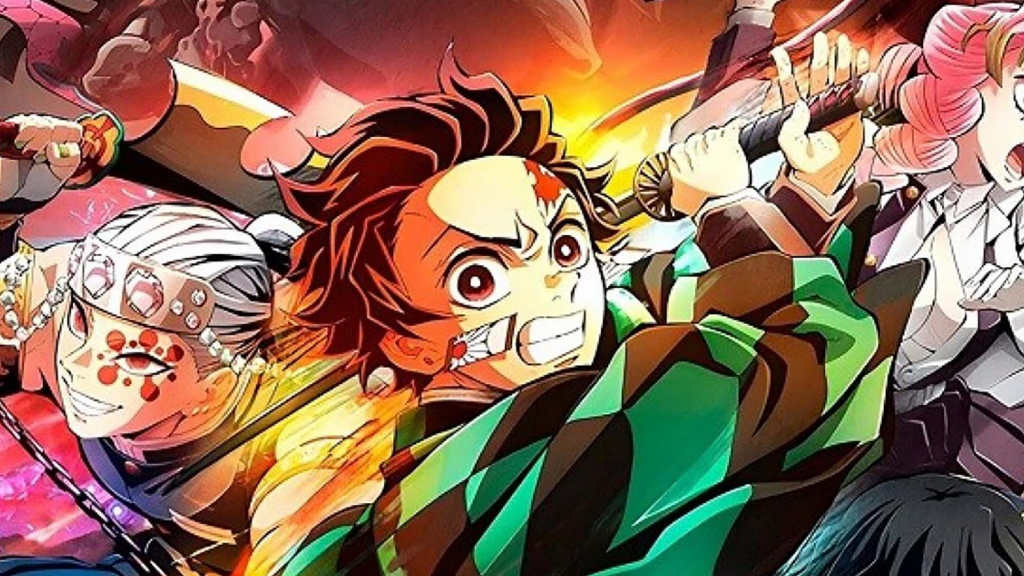
Demon Slayer, the popular anime series, has left fans puzzled with its seemingly perplexing setup of two Season 3s. This intriguing situation arises from the intricate world of anime arcs and the adaptation process for television. In this article, we will delve into the details behind this phenomenon and shed light on the complexities of anime storytelling.
The Nature of Anime Arcs: Anime arcs serve as narrative segments or storylines within a series, often comprising specific plot developments or events. In the case of Demon Slayer, the manga source material presents multiple arcs that further the overarching story. When adapting the manga into an anime series, these arcs are typically organized into separate seasons or parts to provide a structured and engaging viewing experience.
Season 3: The “Entertainment District Arc”: The first Season 3 in Demon Slayer encompasses the captivating “Entertainment District Arc.” This major story arc introduces viewers to new characters and explores a distinct setting within the Demon Slayer universe. Building upon the events of Season 2, this arc offers a continuation of the main narrative, delving into the trials and triumphs of the protagonists as they navigate the challenges that lie ahead.

Season 3: The Upcoming “Red Light District Arc”: The second Season 3, which is yet to be released, refers to the highly anticipated “Red Light District Arc.” This arc follows the “Entertainment District Arc” and delves deeper into the intricate storyline, character development, and the trials faced by the main characters. Fans eagerly await this continuation, expecting an immersive and thrilling narrative experience.
The Decision Behind Dual Season 3s: To avoid confusion, it is important to understand that labeling both arcs as Season 3 is a conscious decision made by the anime production team. This strategic move allows for a clear distinction between the different storylines and provides fans with a logical framework to follow the progression of the series. It also acknowledges the significant narrative weight and depth of each arc, ensuring that they receive appropriate attention and dedicated seasons.
The Complexities of Anime Adaptations: The existence of two Season 3s in Demon Slayer highlights the complexity inherent in adapting manga into anime. The process involves carefully selecting and organizing story arcs to create cohesive and captivating seasons. It requires thoughtful consideration of pacing, character development, and narrative structure to ensure a seamless transition from page to screen.

Fans’ Expectations and Anticipation: Demon Slayer has garnered a massive following, and fans eagerly await the continuation of the story. The announcement of dual Season 3s has sparked excitement and curiosity, with viewers eagerly anticipating the unfolding of the “Entertainment District Arc” and the forthcoming “Red Light District Arc.” The prospect of exploring new storylines, meeting new characters, and witnessing the growth of beloved protagonists heightens the anticipation for what lies ahead.
Conclusion: The presence of two Season 3s in Demon Slayer can initially appear perplexing, but understanding the intricacies of anime arcs helps unravel the mystery. These dual seasons showcase the extensive and captivating narrative that Demon Slayer offers, with each arc receiving its dedicated spotlight. By appreciating the complexities involved in anime adaptations, fans can approach the series with a deeper understanding of the thought and care invested in crafting a compelling storytelling experience.
We bring out some of the most well-known Demon Slayer collection, all of which are available at reasonable costs. Visit our link now if you are interested in the Demon Slayer collection!


Iguro, Muzan, Tanjiro, Sun Breathing, Demon Slayer, Kimetsu no Yaiba, Yoriichi, Water Breathing